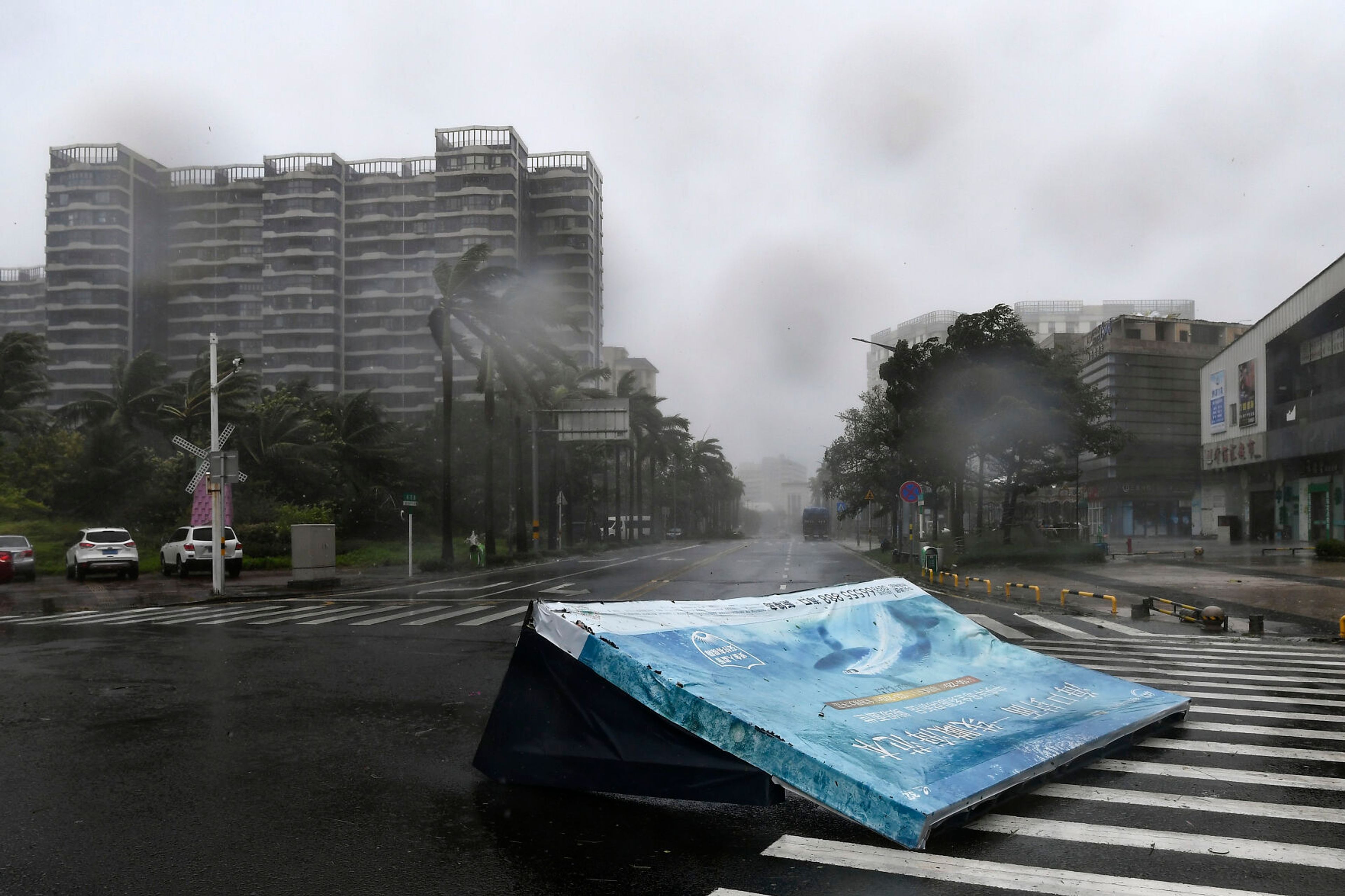This editorial was published by the Everett (Wash.) Herald.
———
Polar vortex, meet Omega block.
This week’s unprecedented Northwest heat wave — caused by a historic high-pressure system in which jet-stream currents parked a heat dome, shaped like the Greek letter Omega, above British Columbia — surely melted any residual smirk on local faces about “the cold weather wimps in Texas” following the polar vortex cold snap in February that left much of that state with freezing temperatures and widespread power outages.
Turns out that we in the Northwest were no better prepared for this week’s excruciatingly intense heat wave than Texas residents, its officials and its infrastructure were prepared for its more than two weeks of freezing temperatures. High power demand and electrical grid failures caused a loss of power, light and heat, frozen and burst pipes and a disruption of water service for millions.
We didn’t do much better during three days of sweltering heat. With temperatures in some Washington, Oregon and British Columbia communities reaching well above 110 degrees, some 25 million residents, many without air conditioning in their homes and work places, searched for relief from the heat. Some sought out community cooling centers or rented air-conditioned hotel rooms. Restaurants and even ice cream shops closed. Interstate-5 pavement in Seattle buckled. Bridges had to be watered down to prevent expansion and keep metal bridge-deck lift equipment working. Spokane reported rolling blackouts. And National Park Service staff had to warn hikers at Mount Rainier National Park of flooding streams caused by increased snow melt from glaciers.
By Tuesday in Snohomish County, all-time record highs — that baked Lynnwood at 109 degrees on Monday, Lake Stevens at 108 and Everett at 104 — had eased to the low-80s and were expected to remain in the high-70s to low-80s through the Fourth of July weekend and into next week. That’s certainly cooler than just experienced but still unseasonably warm for late June and early July in the region.
But as blessedly brief as the heat wave appears to have been — at least for western Washington — that blast-furnace heat should now prompt us to reconsider our regional complacency about climate change and the belief that — other than a gradual creep in sea level — we in the Northwest are removed from its worst consequences.
Maybe we won’t see a heat wave like that again anytime soon. But there seems less certainty among climate scientists and officials that we won’t.
Paul Roberts, the Everett City Council member and the council’s point-person on climate issues, wrote this weekend for The Herald Forum that the National Oceanic and Atmospheric Administration recently released its new U.S. climate normals report, a 10-year update of averages based on analysis of 30 years of climate data from 15,000 weather stations across the nation.
“These 30-year measurements are the ticking of the second hand on Earth’s geological clock,” Roberts wrote. “For western Washington, predictions are for increasing precipitation and warmer temperatures on average.”
A NOAA scientist was just as direct.
“Climate change is clearly seen in these new normals,” said Mike Palecki, a project manager for NOAA’s climate reassessment.
Globally, 2020 tied 2016 as the hottest year on record.
Absent climate change, the Omega block and its resulting high temperatures might have occurred only once in 1,000 years to even 10,000 years. But we are not absent climate change. A report on climate change and heat waves in North America, published just two weeks ago by Michael Wehner, a senior scientist at the Lawrence Berkeley National Laboratory, holds that heat waves such as this week’s are resulting in temperatures that are on average 3 to 5 degrees hotter than they would have been without decades of greenhouse gas emissions.
And those heat waves could get even warmer in the future, Wehner’s climate models suggest — 1 to 3 degrees warmer if emissions are significantly reduced, 3 to 5 degrees above current highs, if they are not. Add 3 to 5 degrees to Monday’s temperatures and ask yourself if this isn’t a problem.
There is growing recognition among many of the severity that climate change poses, as represented by U.S. Sen. Maria Cantwell, D-Wash., who on Monday urged action on environmental protections, efforts to reduce carbon emissions and work to bolster our infrastructure as Congress and the Biden administration now are considering.
“Washington state was not built for triple-digit temperatures,” Cantwell said in the statement.
Clearly not, and running to the big-box store to buy an air-conditioner isn’t the solution.
The costs of this week’s heat wave still are being counted, but we can expect significant crop losses, a more destructive wildfire season and losses, damage to infrastructure, loss of productivity and wages and increased illness and deaths.
At least three deaths from heat stroke have been reported in Snohomish County during the heat wave. A recent study, reported in May by The Associated Press, found 1,100 deaths in 200 U.S. cities in 2020 — about 35 percent of all heat deaths — were attributable to climate change.
Last year, NOAA reported in January, was an historic year for extreme weather events in the United States with 22 separate “billion-dollar” weather and climate disasters, including hurricanes and storms, drought and a major wildfire. In the years between 1980 and 2020, NOAA has logged 285 climate disasters with costs exceeding $1 billion with a cumulative cost of $1.875 trillion. Each of the last six years exceeded the number of disasters for the 15 previous years.
We’ll repeat the usual disclaimer that no single weather event is proof of global warming, but the recent heat wave adds to the preponderance of evidence adding to climate change’s certainty and the necessity for ourselves and our officials to prepare and mitigate for its effects and to increase our efforts to reduce the emissions of greenhouse gases — carbon dioxide and methane chief among them — to slow global warming’s now inevitable onslaught.
This week’s heat shouldn’t be the only thing causing us to sweat.








